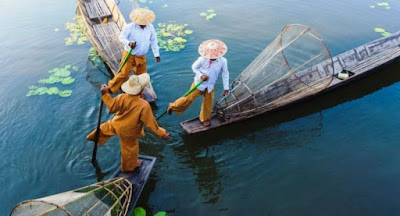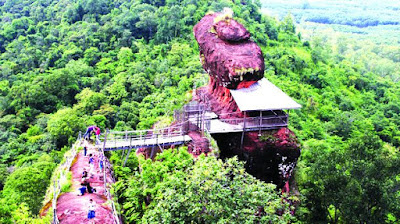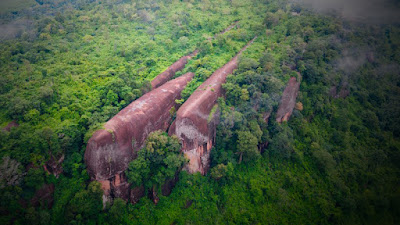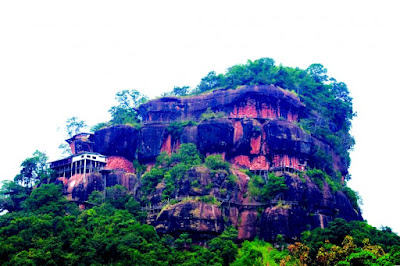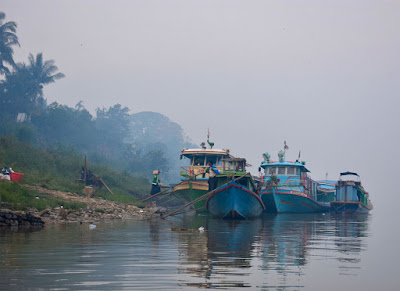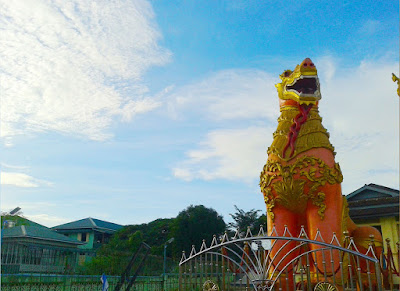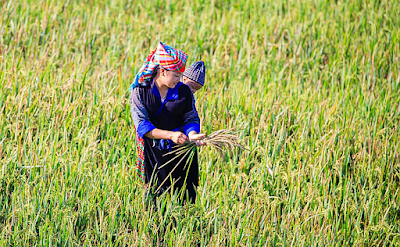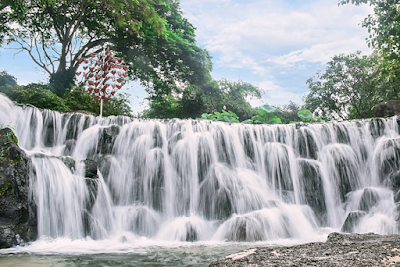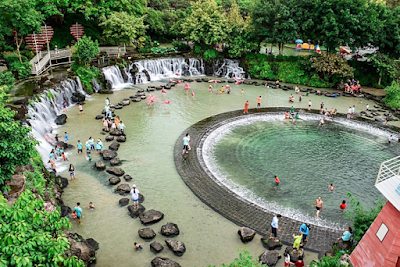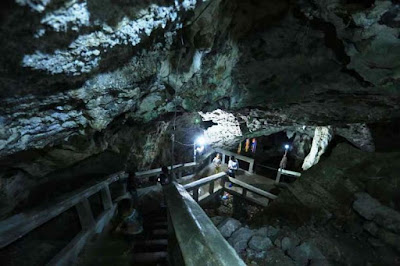If you want to be a responsible traveler in 2020, do the world a
favor and avoid places like Angkor Wat, Barcelona, Bali and the
Matterhorn.
That's according to Fodor's "No List 2020," which singles out destinations to be avoided due to ethical, environmental and political reasons.
"Every year, we use the No List to highlight issues that we're
thinking about before, during, and long after we travel," said
Fodors.com editorial director Jeremy Tarr in a statement.
"Ultimately, they are our inspirations for our tomorrows," Tarr said.
"Being featured on the No List is hardly a scarlet letter. Rather, it's
a promise that when Fodor's covers the destinations on the list, we'll
be doing so responsibly -- warts and all."
If you don't want to add to problems of overtourism, editors suggest
avoiding places like Barcelona, Big Sur, Angkor Wat, Bali and Hanoi,
which are bursting at the seams and experiencing unsustainable visitor
numbers to the detriment of locals and the environment.
Fragile natural habitats and ecosystems that have been endangered by
tourist activity -- like the Florida Keys National Marine Sanctuary,
Parque Nacional Arrecifes de Cozumel in Mexico, Galapágos National Park
and Komodo Island -- should also be avoided.
You can't keep politics out of travel
Editors also remind travelers to be extra vigilant when drinking
alcohol in Mexico and Central America, where dozens of people have died
from methanol poisoning. Also for safety reasons, the peaks of the
Matterhorn, which claimed seven lives in 2019, are discouraged, as is
crime-addled Cape Town.
Travelers are reminded to refrain from riding elephants in Thailand,
where animals are largely kept in cruel and stressful conditions for the
entertainment of tourists.
And lastly, editors encourage travelers to their homework before
supporting businesses with their money. Because while some camps insist
that politics should be kept out of travel, Fodor's points out that the
two are inextricably linked.
"... [F]rom passport stamps and currency exchange to geographical
borders and transport accessibility, politics touch every aspect of
travel from inception to return. As globalization bleeds deeper into
countries and cultures, so too do ethical, political, and economic
concerns that influence our choices around travel."
This year, calls to boycott Equinox-branded hotels, gyms and their
subsidiaries like SoulCycle and Pure Yoga were widely circulated when it
emerged that corporate owner Stephen Ross is a Donald Trump supporter
and fundraiser.
Likewise, travelers should also be aware that the owner of the luxury
Dorchester Collection -- which owns The Beverly Hills Hotel in the US,
Le Meurice and Hotel Plaza Athénée in Paris among others -- supreme
leader of Brunei, Sultan Hassanal Bolkiah, tried to implement laws
making gay sex punishable by death. International outcry and
celebrity-led calls to boycott the chain led the sultan to later place a
moratorium on the death penalty.
Source - TheJakartaPost

